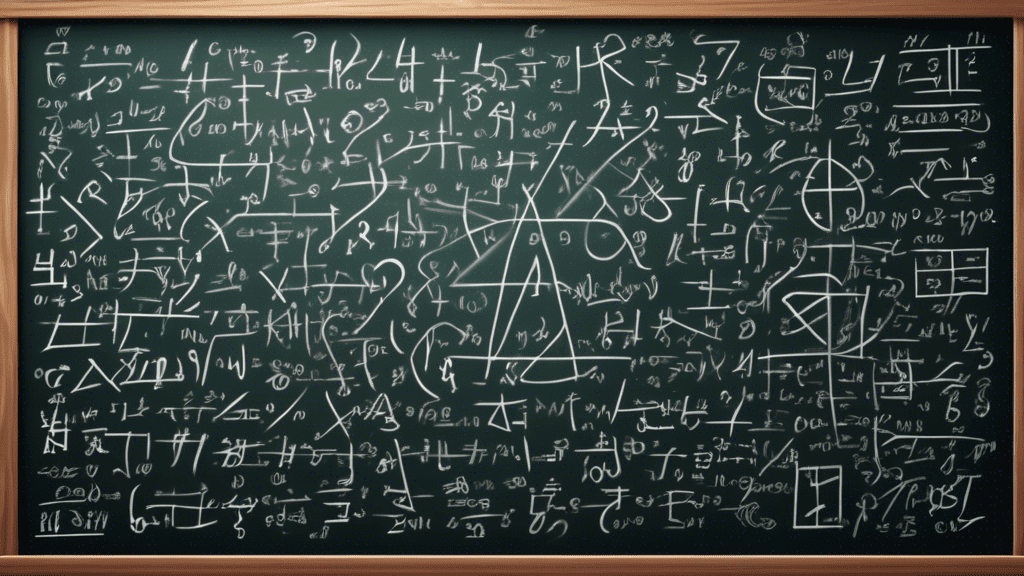Large Language Models (LLMs) have revolutionized the field of artificial intelligence, demonstrating an unprecedented ability to understand and generate human-like text. From writing creative stories to translating languages, their capabilities seem boundless. However, one area where LLMs have traditionally struggled is mathematics. The question Can LLMs do math? has been a topic of much debate, and the answer is more nuanced than a simple yes or no.
The Challenges of Math for LLMs
Mathematical reasoning requires a different kind of intelligence than language processing. It involves:
- Symbolic manipulation: Math often involves manipulating symbols according to specific rules, which is different from the statistical pattern recognition that LLMs excel at.
- Abstract concepts: Mathematical concepts can be highly abstract and require a deep understanding of their underlying principles, something that is difficult to capture through language alone.
- Logical deduction: Solving math problems involves following a series of logical steps to arrive at a solution, a process that LLMs struggle to replicate consistently.
While LLMs are trained on massive text datasets, these datasets typically contain relatively little mathematical content. Moreover, the way math is represented in text (using natural language descriptions) is very different from how it’s represented formally (using equations and symbols). This discrepancy makes it difficult for LLMs to bridge the gap between language and mathematical understanding.
Early Attempts and Limitations
Early attempts to teach LLMs math focused on treating mathematical expressions as sequences of characters, similar to how they process words in a sentence. This approach, however, led to limited success. LLMs could perform simple arithmetic operations but faltered when faced with more complex problems requiring multi-step reasoning or the application of mathematical concepts.
For example, an LLM might be able to correctly solve 2 + 2 =, recognizing it as a basic addition problem. However, it might struggle with a problem like If a train travels at 60 mph for 3 hours, how far does it travel?, which requires understanding the relationship between speed, time, and distance.
New Approaches and Promising Developments
Despite these challenges, researchers have been exploring new ways to enhance the mathematical abilities of LLMs. Some promising approaches include:
- Integrating symbolic AI: Combining LLMs with symbolic AI systems, which are designed for logical reasoning and symbol manipulation, can leverage the strengths of both approaches. This allows the LLM to access the symbolic AI system’s mathematical capabilities while still utilizing its own language processing prowess.
- Training on code: Code often involves mathematical operations and logical structures. By training LLMs on large codebases, researchers can expose them to a more formalized representation of math, potentially improving their ability to understand and manipulate mathematical concepts.
- Specialized datasets: Creating datasets specifically tailored to mathematical reasoning can provide LLMs with the training data they need to learn and apply mathematical principles more effectively. These datasets can include a mix of natural language descriptions, formal equations, and solved problems, helping LLMs bridge the gap between language and mathematical representation.
- Attention mechanisms and reasoning steps: Research is focusing on incorporating explicit mechanisms for attention and reasoning steps within LLMs. This involves training LLMs to focus on specific parts of a problem and to articulate the logical steps involved in solving it. This approach can improve their ability to handle multi-step mathematical problems that require careful planning and execution.
Real-World Applications of Math-Enhanced LLMs
As LLMs become more adept at math, they open up exciting possibilities across various domains:
- Education: LLMs could be used as intelligent tutors, providing personalized instruction and feedback to students learning mathematics. They could adapt to different learning styles and offer tailored explanations to help students grasp complex concepts.
- Science and Engineering: LLMs could assist scientists and engineers in solving complex mathematical problems, analyzing data, and developing new models. They could automate tedious calculations and provide insights that might be missed by human analysts.
- Finance and Economics: LLMs could be used to build sophisticated financial models, predict market trends, and manage risk. Their ability to process vast amounts of data and perform complex calculations could make them invaluable tools in the financial industry.
- Everyday Problem-Solving: From calculating budgets to planning trips, LLMs could assist individuals with everyday tasks that involve math, making these tasks more efficient and less prone to errors.
The Future of LLMs and Math
The development of LLMs with strong mathematical abilities is an ongoing journey. While they are not yet ready to replace mathematicians, the progress made so far is promising. As research continues and new techniques emerge, we can expect LLMs to become increasingly proficient at solving mathematical problems, opening up new frontiers in artificial intelligence and its applications.
The question Can LLMs do math? is evolving from a simple yes or no to a question of how well and to what extent they can perform mathematical reasoning. With continued advancements, we can expect LLMs to play a more significant role in fields that rely heavily on mathematical understanding, ultimately changing the way we approach problem-solving across various domains.






No comments! Be the first commenter?